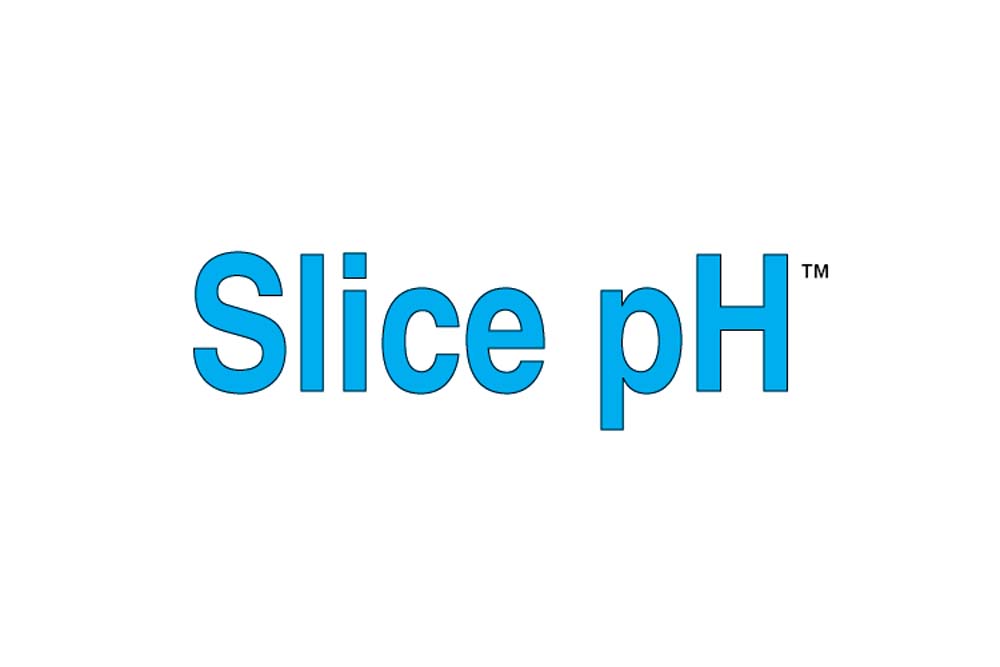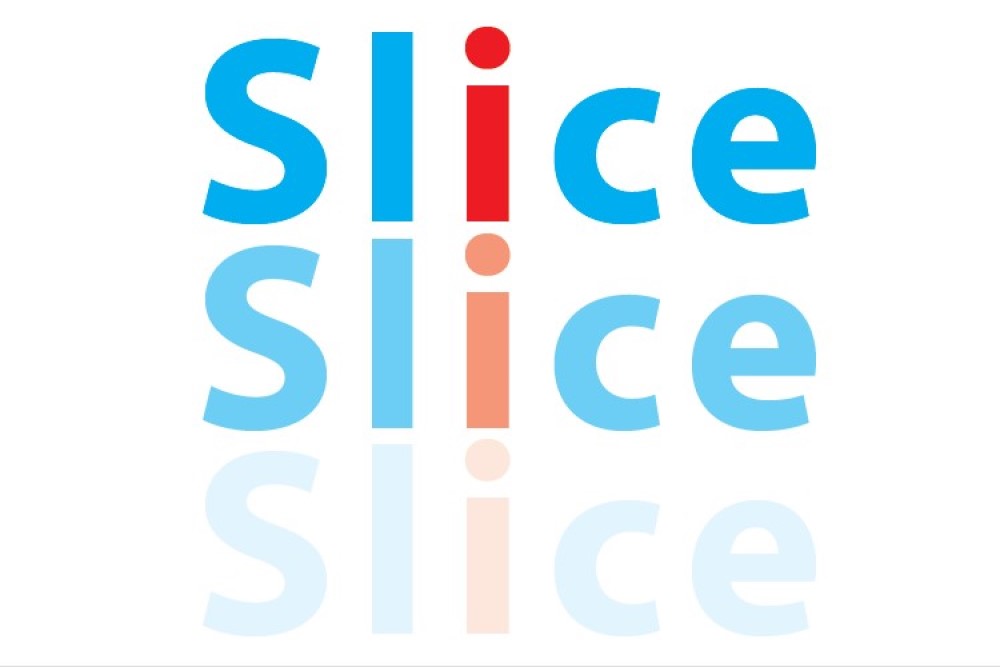Hampton Research蛋白结晶试剂盒






Products > Optimization Screens > Slice pH > Slice pH
Slice pH
Applications
- Solubility screen, stability screen, crystallization screen
- Preformulation screening
- Sample buffer optimization for crystallization, cryo-electron microscopy, and NMR
Features
- 96 pH titrated high purity 1.0 M buffer reagents
- Vapor diffusion assay for solubility, stability & crystallization
- pH 3.5 to 9.6 in 0.1 pH increments
- Evaluate 20 different buffers
- Use with ThermoFluor, Filter Plate, Dynamic Light Scattering, SEC, Native Gel, Western, Dot Blot/ELISA diagnostic assays to optimize sample solubility and stability
Description
Slice pH is a solubility screen, a stability screen, and a crystallization screen.
pH is an effective solubility, stability and crystallization variable because most proteins demonstrate pH dependent solubility minima and will solubilize, precipitate, or crystallize at particular pH values or in the presence of specific buffers. The solubility minima may correspond with the isoelectric point (pI) of the protein, but this is not always the case. The solubility minima and maxima is often complex and may depend on other chemical and physical variables in the crystallization experiment.
Using Slice pH one isolates pH, buffer type and relative supersaturation from other chemical and physical variables and to screen the effect that pH and buffer type have on the solubility, stability, homogeneity, monodispersity and crystallization of the sample. Varying the pH can alter the protonation state and charge of amino acid residues in the protein, generating different species of the protein for solubility and crystallization screening. The change in pH can have a dramatic effect on inter and intramolecular contacts in the protein and can manipulate how the protein interacts with itself, the surrounding solvent and chemicals in the drop. By screening buffer type and pH in an environment of increasing relative supersaturation, Slice pH simultaneously delivers as a solubility and a crystallization screen for proteins. After the screen, and once the appropriate sample buffer and pH are identified, the sample can be exchanged into the identified buffer and pH for optimal solubility and stability. From this point, the sample in the optimized buffer reagent can be used for crystallization trials or other assays. Further, crystallization screening and optimization experiments may be more appropriately focused on the optimal pH range and buffer type.
The Slice pH kit contains 500 microliters of 96 reagents in a V-Bottom (conical bottom) 96 Deep Well polypropylene microplate, user guide, formulations and a sealing film.

Click to Zoom In
CAT NO
HR2-070
NAME
DESCRIPTION
0.5 ml, Deep Well block format
PRICE
$276.00
cart quote
Support Material(s)
Related Item(S)
- Individual Slice pH Reagents
References
1. Preparation and analysis of protein crystals. Alexander McPherson. 1982 John Wiley and Sons, Inc.
2. Increasing the size of microcrystals by fine sampling of pH limits. Alexander McPherson. J. Appl. Cryst. (1995). 28, 362-365.
3. Protein crystallization techniques, strategies and tips. Edited by Terese Bergfors. 1999. International University Line.
4. Crystallization of Biological Macromolecules. Alexander McPherson. 1991. Cold Spring Harbor Laboratory Press.
5. Current approaches to macromolecular crystallization (review). Alexander McPherson. Eur. J. Biochem. 189, 1-23 (1990).
6. Protein Isoelectric Point as a Predictor for Increased Crystallization screening efficiency. Katherine A. Kantardjieff and Bernhard Rupp. Bioinformatics (2004) 20.
7. A protein crystallization strategy using automated grid searches on successively finer grid screens. Patricia C. Weber. Methods: A Companion to Methods in Enzymology. Vol. 1, No. 1, August, pp. 31-37, 1990.
8. Two approaches to the rapid screening of crystallization conditions. Alexander McPherson. Journal of Crystal Growth 122 (1992) 161-167.
9. Optimization of buffer solutions for protein crystallization. R. A. Gosavi, T. C. Mueser and C. A. Schall. Acta Cryst. (2008). D64, 506-514.
10. Buffer Solutions The Basics. R.J. Beynon and J.S. Easterby. 1996. IRL Press.
11. Thermofluor-based optimization strategy for the stabilization and crystallization of Campylobacter jejuni desulforubrerythrin. Santos SP, Bandeiras TM, Pinto AF, Teixeira M, Carrondo MA, Romão CV. Protein Expr Purif. 2012 Feb;81(2):193-200. doi: 10.1016/j.pep.2011.10.001. Epub 2011 Oct 24.


Hampton Research, first in crystallization since 1991, developing and delivering crystallization and optimization screens, reagents, plates, and other tools for the crystallization of biological macromolecules, including proteins (antibody), peptides (insulin), and nucleic acids (DNA).
- Products
- Gallery
- My Account
|
|
|
- Contact Us
- Quick Order
- Support
|
- Privacy Policy
- Terms and Conditions
|
- Products
- Gallery
- My Account
- Support
- Contact Us
- Quick Order
- Privacy Policy
- Terms and Conditions
|
|
|
|
|
|
|
© 2021 HAMPTON RESEARCH CORP.
| Website by Skyhound Internet











 HR2-070 Slice pH Documents
HR2-070 Slice pH Documents HR2-070 Slice pH SDS
HR2-070 Slice pH SDS Slice pH Formulation & Scoring Data
Slice pH Formulation & Scoring Data